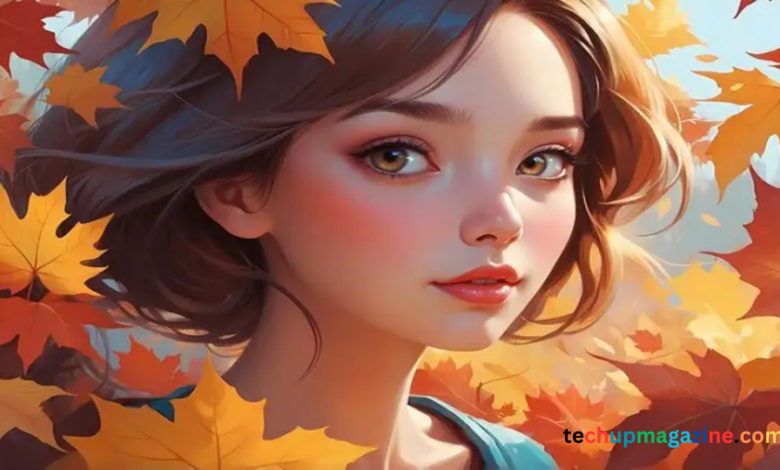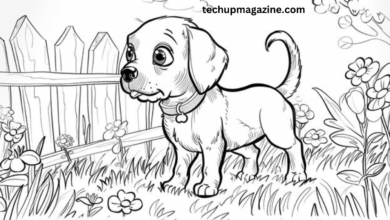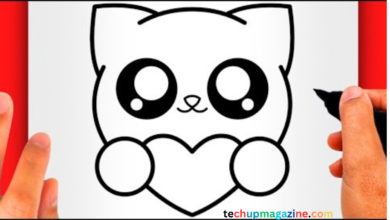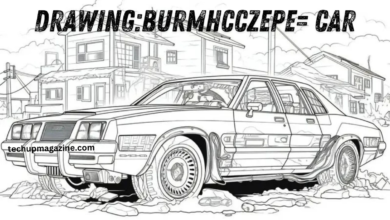beautiful:dxk9x21vgak= art The Intersection of Creativity and Expression

Introduction
beautiful:dxk9x21vgak= art has always been a powerful form of expression that transcends boundaries, languages, and cultures. It is something that can be felt and understood even without words, and often, it leaves a lasting impact on the viewer. The keyword “beautiful:dxk9x21vgak= art
beautiful:dxk9x21vgak= art might seem like a random combination of letters and symbols, but it carries with it the essence of what art represents—beauty, uniqueness, and meaning hidden beneath the surface. In this article, we will explore the different facets of art that make it beautiful, examine how it connects with the human spirit, and discuss the evolving definition of what art can be beautiful:dxk9x21vgak= art.
The Essence of Beautiful

beautiful:dxk9x21vgak= art is not simply about what is visually pleasing. It is a deep form of communication that reflects the artist’s emotions, ideas, and even social commentary. The keyword “beautiful:dxk9x21vgak= art
= art” hints at the complexity behind beauty in art. It isn’t something that can be easily defined. One person may find beauty in a landscape painting, while another may see it in abstract shapes or chaotic brushstrokes. It’s subjective and personal, which is what makes it so fascinating beautiful:dxk9x21vgak= art.
In art, beauty is often intertwined with emotional resonance. For example, a simple sketch of a rainy day may invoke feelings of nostalgia, sadness, or peace, depending on the viewer. The “dxk9x21vgak=” aspect could represent the hidden layers within each piece of art, something that is initially puzzling but becomes clearer upon reflection. This abstract concept mirrors how art often works—revealing itself over time and becoming more beautiful as one takes the time to understand it beautiful:dxk9x21vgak= art.
Exploring Visual Aesthetics
When we think of art, our minds often drift to what is traditionally considered beautiful: paintings, sculptures, or photography that captures something visually stunning. But the visual aspect of art goes beyond just aesthetic appeal. It’s about the balance of colors, the use of light and shadow, and the harmony between elements that may not even be related at first glance beautiful:dxk9x21vgak= art.
Consider a painting by an Impressionist artist. At first, it might seem like a collection of random brushstrokes. But as you step back, the image becomes clearer, revealing a sunset or a serene landscape. The way these seemingly chaotic strokes blend together to form something cohesive is a testament to the genius behind the technique. In the same way, “beautiful:dxk9x21vgak= art
= art” might seem like a random string of characters, but when viewed with the right lens, it carries meaning and purpose, much like art itself beautiful:dxk9x21vgak= art.
Art doesn’t always need to adhere to conventional standards of beauty to be appreciated. Some of the most profound works are those that challenge the viewer, forcing them to reconsider their understanding of what beauty means. Modern art often embraces this notion, blurring the lines between chaos and beauty beautiful:dxk9x21vgak= art.
The Emotional Connection in Beautiful
Beyond the visual, what truly sets art apart is its emotional depth. Whether it’s a painting, sculpture, or digital piece, the emotional connection it establishes with its audience is what makes it stand out. The keyword “beautiful:dxk9x21vgak= art
= art” might represent this very connection, the emotional encryption that makes each piece unique and resonant with different people in different ways beautiful:dxk9x21vgak= art.
Artists often pour their feelings into their work. A painting of a stormy sea might represent inner turmoil or the struggle to find peace. A minimalist line drawing might reflect the artist’s search for simplicity in a chaotic world. When we view these works, we are drawn into that emotional journey. The beauty we find in art is often not in the perfection of the lines or the vividness of the colors but in the feelings they evoke within us beautiful:dxk9x21vgak= art.
This is why art speaks to people on such a personal level. You could stand in front of a painting and feel a sense of calm, while the person next to you experiences discomfort. The emotions art evokes are subjective and personal, making it a highly individualized experience. The keyword “dxk9x21vgak” might seem mysterious, but like many aspects of art, its true beauty lies in the interpretation, allowing for countless meanings depending on the viewer’s perspective beautiful:dxk9x21vgak= art.
Art as a Reflection of Society
Art has always been a reflection of society and its changes. From the Renaissance, where artists like Michelangelo and Leonardo da Vinci explored religious and philosophical themes, to modern times where art serves as a medium for political and social commentary, it is constantly evolving alongside humanity. beautiful:dxk9x21vgak= art
beautiful:dxk9x21vgak= art, as abstract as it may seem, could be seen as a metaphor for how art transforms based on societal influences.
Today, we see art being used as a platform for raising awareness about issues like climate change, social justice, and inequality. Banksy’s street art, for example, often delivers powerful messages about consumerism, government surveillance, and war. These pieces may not be traditionally “beautiful,” but they are undoubtedly impactful and thought-provoking. The beauty in this form of art lies in its ability to start conversations and make people think critically about the world around them.
In this sense, “beautiful
= art” can represent the hidden, often complex beauty in messages conveyed through art. It’s not just about the aesthetic value, but the ideas and commentary that the artwork brings to the forefront. Society and art are intrinsically linked, and as one changes, so does the other.
The Digital Age and the Evolution of Beautiful
With the rise of technology, art has expanded beyond traditional mediums like canvas and clay. The digital age has given birth to new forms of expression that challenge our understanding of what art can be. Digital painting, 3D modeling, and even AI-generated art have opened up new avenues for creativity, leading us into an era where the lines between artist and algorithm blur.
Beautiful
= art could be symbolic of this digital transformation. Just as the seemingly random combination of letters and numbers might represent something deeper, digital art often explores the intersection of human creativity and machine learning. Artists today use code, algorithms, and digital tools to create works that were once unimaginable.
This evolution has democratized art, allowing more people to participate in the creative process. Tools like Adobe Photoshop, Blender, and various AI art generators make it possible for anyone with an idea to bring their vision to life. As art becomes more accessible, the definition of beauty in art continues to expand, encompassing new and innovative forms of expression.
The Role of Interpretation in Beautiful
One of the most fascinating aspects of art is how open it is to interpretation. Two people could look at the same piece and walk away with entirely different impressions. This subjectivity is at the heart of what makes art beautiful. The keyword “beautiful
= art” represents this idea, where meaning is not always immediately apparent, but upon closer examination, it reveals itself in unique and personal ways.
Abstract art, in particular, exemplifies this. A series of splashes on a canvas might seem meaningless at first, but as you stare at it, you begin to find shapes, patterns, and emotions that resonate with you. This process of discovery is what makes abstract art so compelling. It invites the viewer to become an active participant in the creation of meaning.
Similarly, “beautiful
= art” might at first appear nonsensical, but when you take the time to think about it, its beauty emerges. This is the essence of art—it is not always about what is immediately visible but what lies beneath the surface, waiting to be uncovered through thoughtful reflection.
The Personal Journey of Creating Beautiful
For artists, the process of creating art is often a deeply personal journey. It is not just about producing something beautiful for others to admire, but about exploring their own thoughts, emotions, and experiences. The keyword “beautiful
= art” could represent this inner exploration, the complex and often confusing path that artists navigate in their pursuit of creative expression.
Creating art can be a way for artists to process their emotions, whether it’s joy, pain, or frustration. It allows them to channel their inner world into something tangible, something that others can see and feel. This act of creation is beautiful in itself, even before the final product is unveiled.
Conclusion
Beautiful
= art is more than just a random string of letters and numbers—it symbolizes the complexity, subjectivity, and depth of art. Through its many forms, whether traditional or digital, art continues to be a powerful medium of expression that resonates on emotional, societal, and personal levels. The beauty of art is not in its perfection but in its ability to connect, challenge, and inspire. Like the keyword itself, art invites us to look deeper, to find meaning in the seemingly abstract, and to appreciate the hidden beauty that lies beneath the surface.
You may also read
The Unspoken Rules of Coding for Both Novice and Sage Developers
Fashion 6 Cell 10.8V 4001mAh-5000mAh Replacement Laptop Battery for Asus



